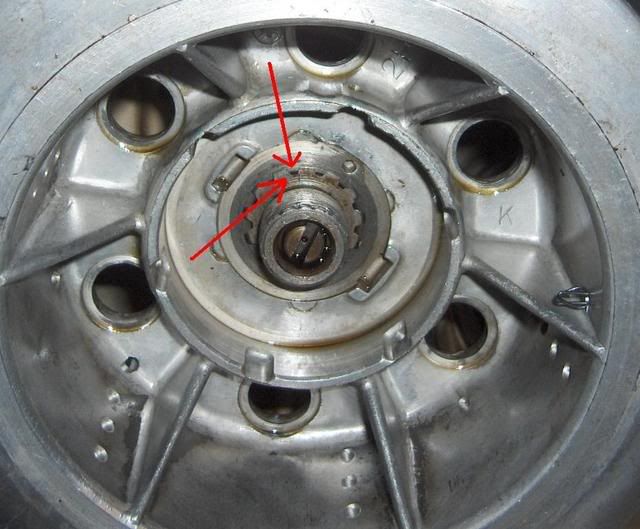Hi Chevvy Boy,
Has the bike sat around for a while?... If so, the clutch plates will be dirty; some surface rust on the steels, and little spots of friction material stuck to 'em. When the clutch is lifted, there is not a lot of clearance, and it all drags.
Theory says that stripping it all and sanding/cleanig the plates is best, but I never have much joy with that; Just drive it around and let the clutch work a little.... It should settle down as the plates clean one another up.
My bike's gearbox is a nightmare after waking it up from winter, but sorts itself out over a small number of miles.
If it is bad, I usually put the front wheel against the garage wall and part-release the clutch for a few seconds; just enough to compress the forks a little....... Like a wimps attempt at spinning the tyre. That is usually enough to bring the clutch back to A1... Don't think I would be recommending that plan to anyone else! Next job is usually to change the oil.
AlanB
Has the bike sat around for a while?... If so, the clutch plates will be dirty; some surface rust on the steels, and little spots of friction material stuck to 'em. When the clutch is lifted, there is not a lot of clearance, and it all drags.
Theory says that stripping it all and sanding/cleanig the plates is best, but I never have much joy with that; Just drive it around and let the clutch work a little.... It should settle down as the plates clean one another up.
My bike's gearbox is a nightmare after waking it up from winter, but sorts itself out over a small number of miles.
If it is bad, I usually put the front wheel against the garage wall and part-release the clutch for a few seconds; just enough to compress the forks a little....... Like a wimps attempt at spinning the tyre. That is usually enough to bring the clutch back to A1... Don't think I would be recommending that plan to anyone else! Next job is usually to change the oil.

AlanB

 )
)




Comment